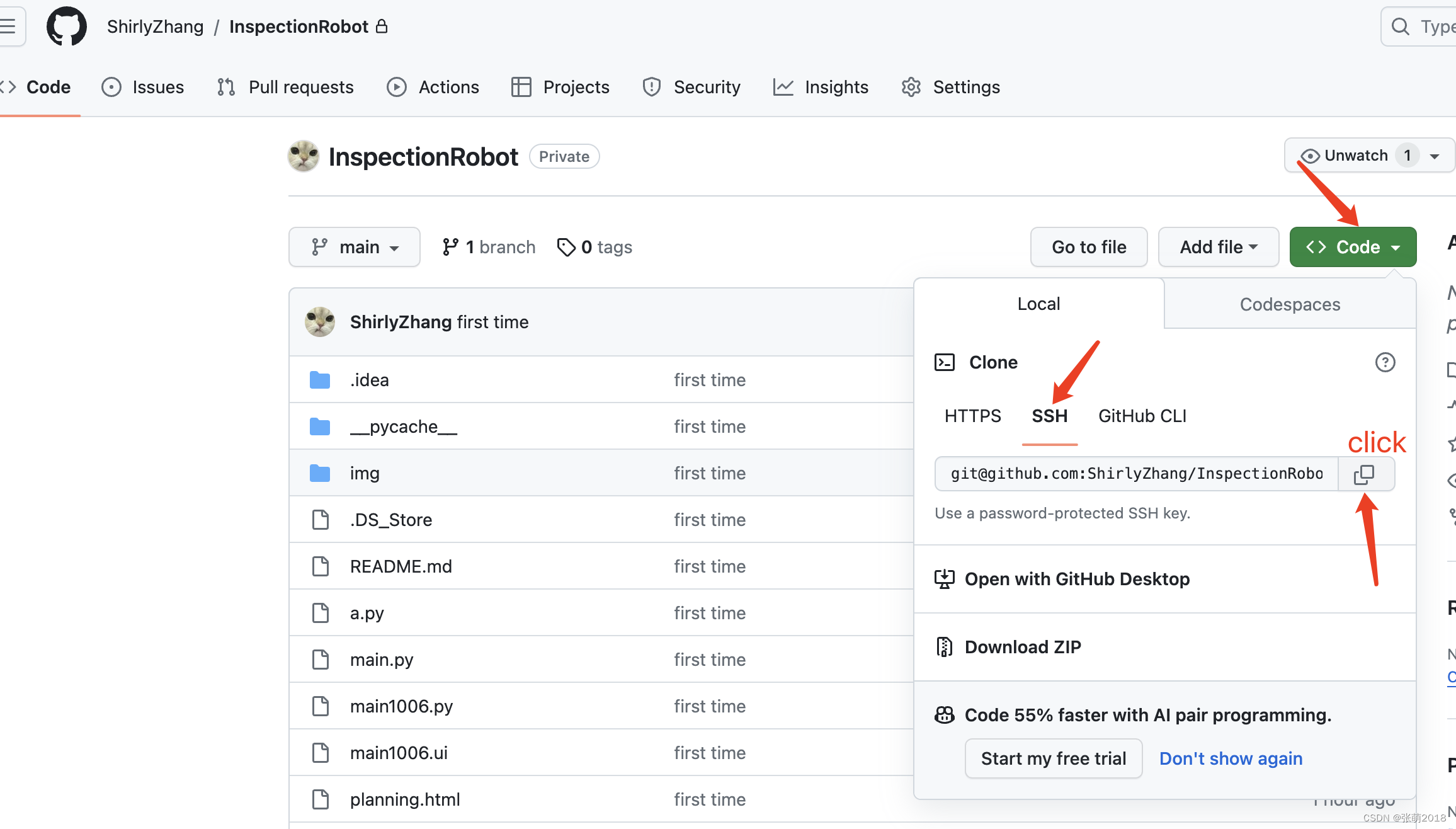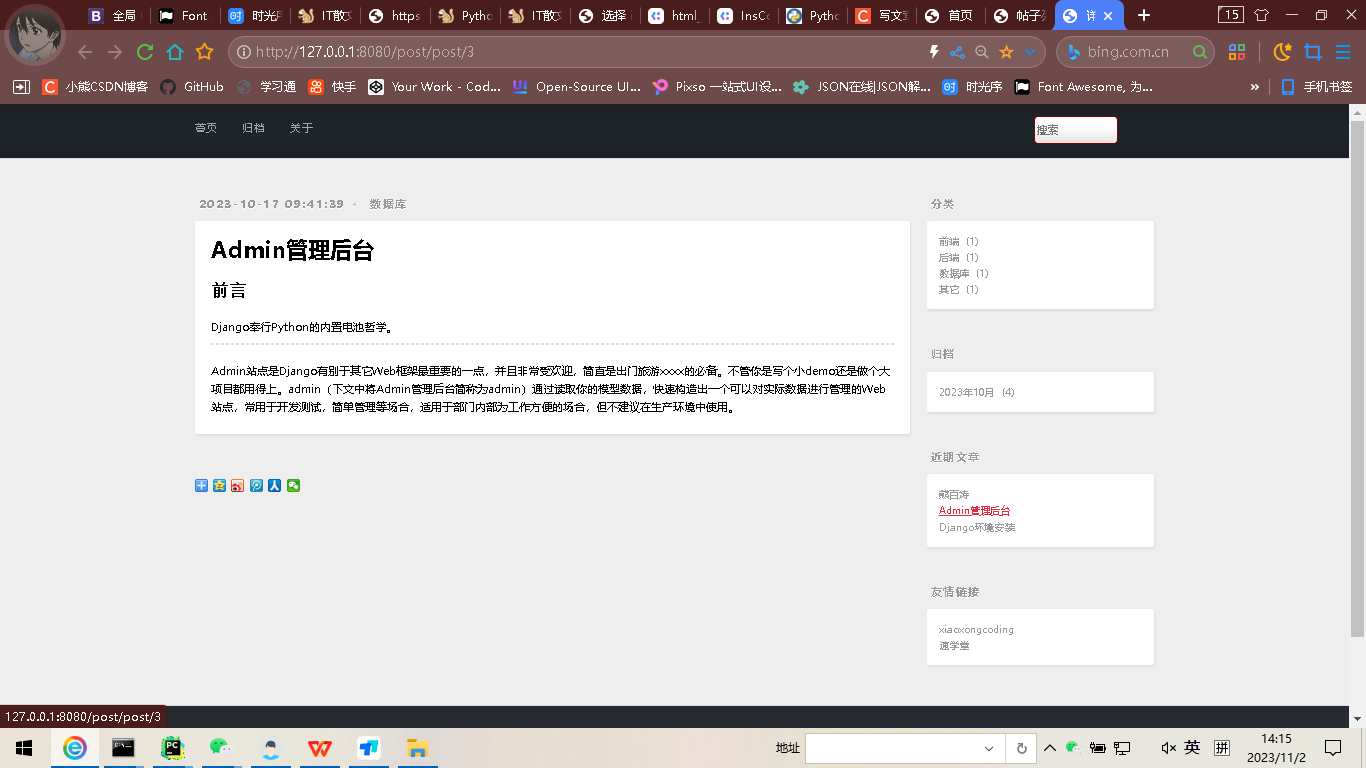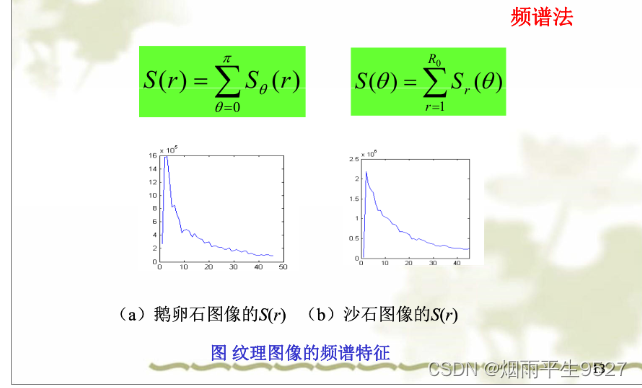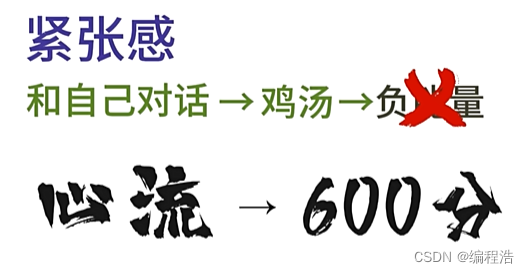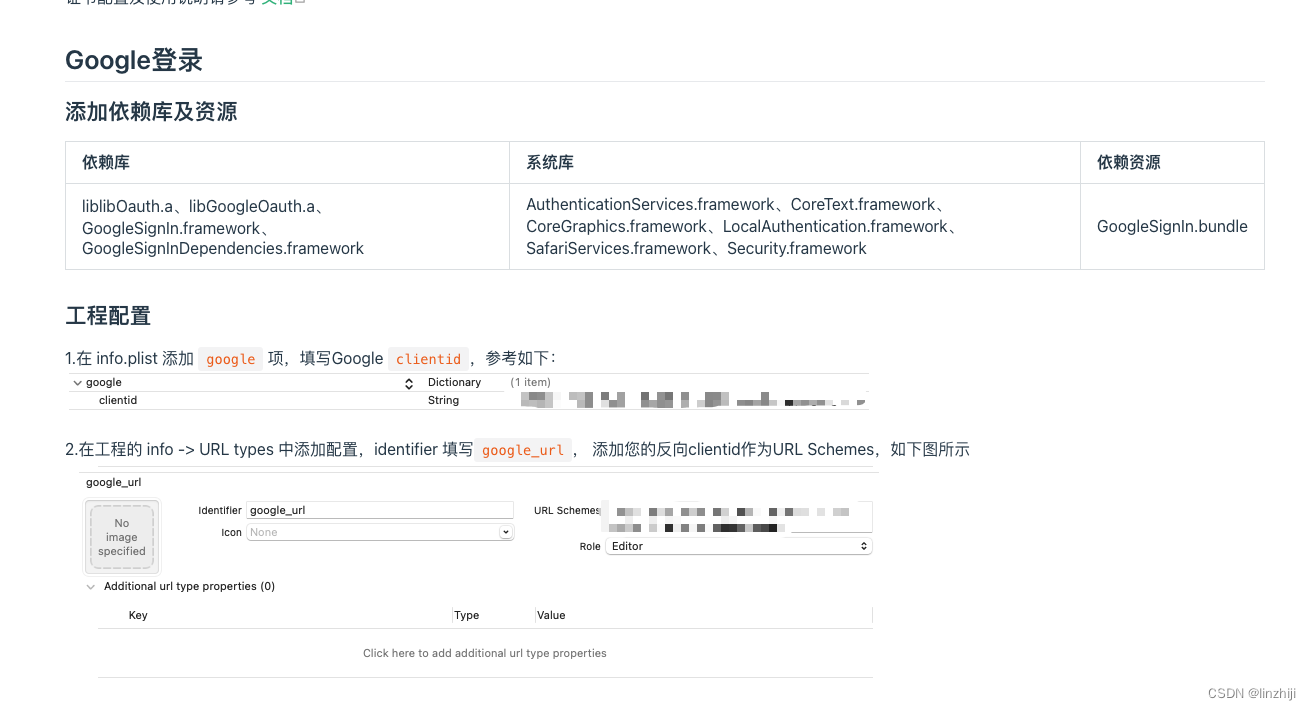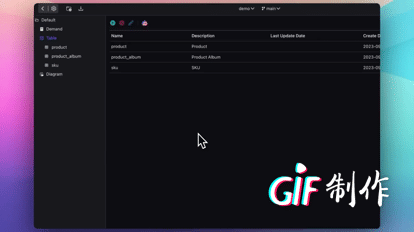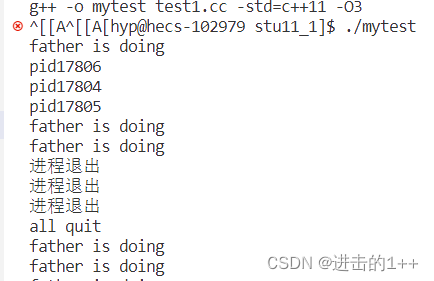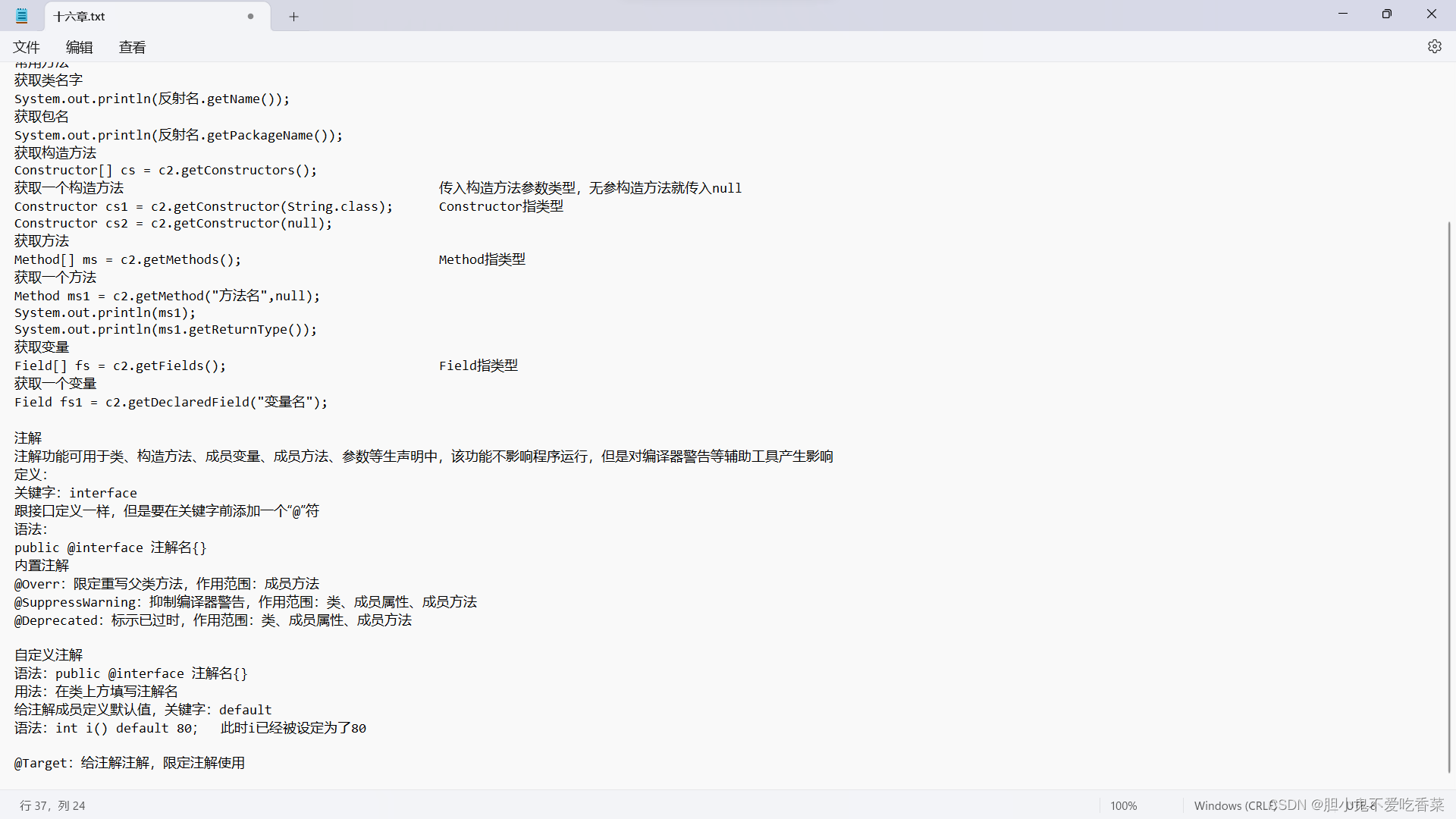1.定义一个Person类,包含姓名(name)、性别(sex)、年龄(age)等字段;继承Person类设计Teacher 类,增加职称(pro)、部门(department)等字段;继承Person类设计Student类,增加学号(no)、入学时间(enter)、专业(major)等字段,定义各类的构造方法和toString()方法,并分别创建对象进行测试.
输出样例结果如下:

package step1;
import java.util.Scanner;
class Person {
String name;
String sex;
int age;
public Person(String name, String sex, int age) {
this.name = name;
this.sex = sex;
this.age = age;
}
}
class Student extends Person {
String no;
String enter;
String major;
public Student(String name, String sex, int age, String no, String enter, String major) {
super(name, sex, age);
this.no = no;
this.enter = enter;
this.major = major;
}
@Override
public String toString() {
return name + "," + sex + "," + age + "," + no + "," + enter + "," + major;
}
}
class Teacher extends Person {
String pro;
String department;
public Teacher(String name, String sex, int age, String pro, String department) {
super(name, sex, age);
this.pro = pro;
this.department = department;
}
@Override
public String toString() {
return name + "," + sex + "," + age + "," + pro + "," + department;
}
}
public class Lab3_1 {
public static void main(String[] args) {
Scanner sc = new Scanner(System.in);
Student student = new Student(sc.next(), sc.next(), sc.nextInt(), sc.next(), sc.next(), sc.next());
Teacher teacher = new Teacher(sc.next(), sc.next(), sc.nextInt(), sc.next(), sc.next());
System.out.println("学生基本信息为:" + student);
System.out.println("教师的信息为:" + teacher);
sc.close();
}
}
2.定义一个抽象(abstract)类,类名为Employee。 Employee的子类有YearWorker、MonthWorker和WeekWorker。YearWorker对象按年领取薪水(每年10万),MonthWorker对象按月领取薪水(每月1万),WeekWorker对象按周领取薪水(每周0.5万,设定一个月4周)。Employee类有一个抽象(abstract)方法:public abstract double earnings();
子类必须重写父类的earnings()方法,给出各自领取每年报酬的具体方式。
有一个Company类,该类用Employee数组作为成员,Employee数组的单元可以是YearWorker对象、MonthWorker对象、WeekWorker对象的上转型对象。程序能输出Company对象一年需要支付的薪水总额。
package step2;
abstract class Employee {
public abstract double earnings();
}
class YearWorker extends Employee {
@Override
public double earnings() {
return 100000;
}
}
class MonthWorker extends Employee {
@Override
public double earnings() {
return 10000*12;
}
}
class WeekWorker extends Employee {
@Override
public double earnings() {
return 5000*4*12;
}
}
class Company {
Employee[] employees;
double salaries = 0;
Company(Employee[] employees) {
this.employees = employees;
}
public double salariesPay() {
salaries = 0;
for (Employee employee : employees) {
salaries += employee.earnings();
}
return salaries;
}
}
public class HardWork {
public static void main(String[] args) {
Employee[] employees = new Employee[20];
for (int i = 0; i < employees.length; i++) {
if (i % 3 == 0)
employees[i] = new WeekWorker();
else if (i % 3 == 1)
employees[i] = new MonthWorker();
else if (i % 3 == 2)
employees[i] = new YearWorker();
}
Company company = new Company(employees);
System.out.println("公司年工资总额:" + company.salariesPay());
}
}
3.定义一个接口,其屮包含一个 display() 方法用于显示信息;通知类(Inform)、汽车类(Car)、广告类(Adervise)均要实现该接口,以显示“通知内容”、“汽车油量”、“广告消息”。试编程实现并测试类的设计,创建的对象用接口引用,并通过接口引用变量执行 display() 方法。
package step4;
public class Student{
private String sno;
private String sname;
private String sdept;
public Student() {
}
public Student(String sno, String sname, String sdept) {
this.sno = sno;
this.sname = sname;
this.sdept = sdept;
}
public String getSno() {
return sno;
}
public void setSno(String sno) {
this.sno = sno;
}
public String getSname() {
return sname;
}
public void setSname(String sname) {
this.sname = sname;
}
public String getSdept() {
return sdept;
}
public void setSdept(String sdept) {
this.sdept = sdept;
}
@Override
public String toString() {
return "学号: " + sno + "\t姓名: " + sname + "\t系部: " + sdept ;
}
}
